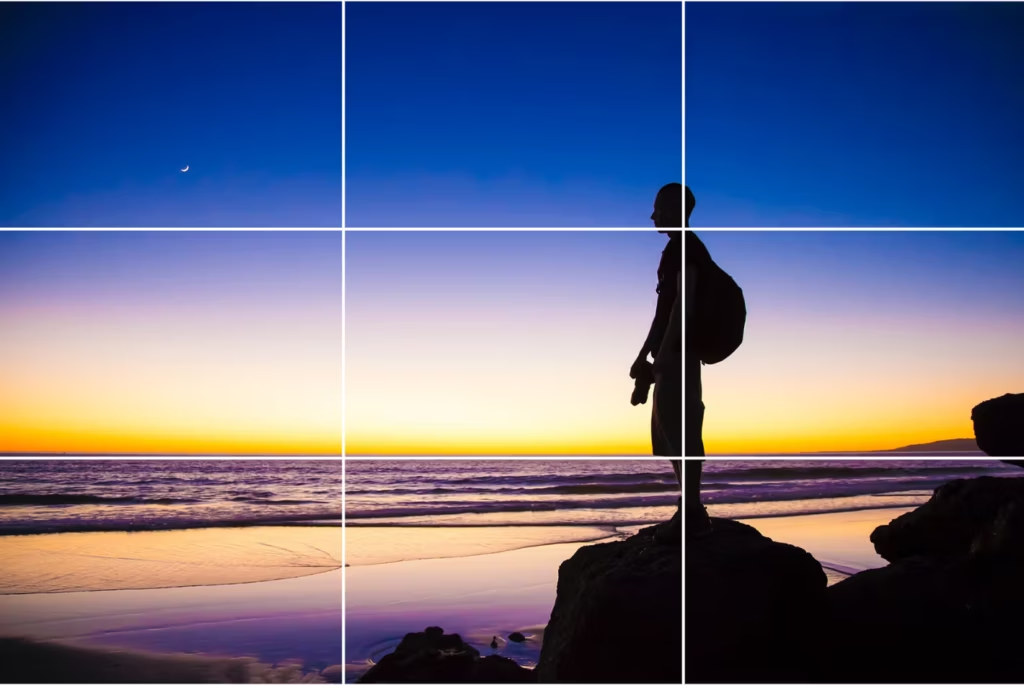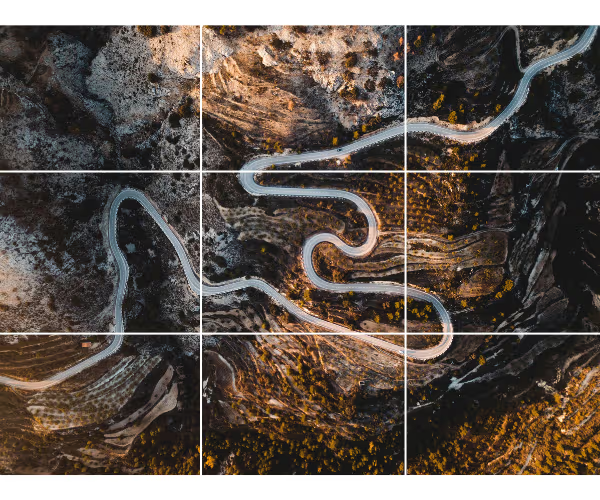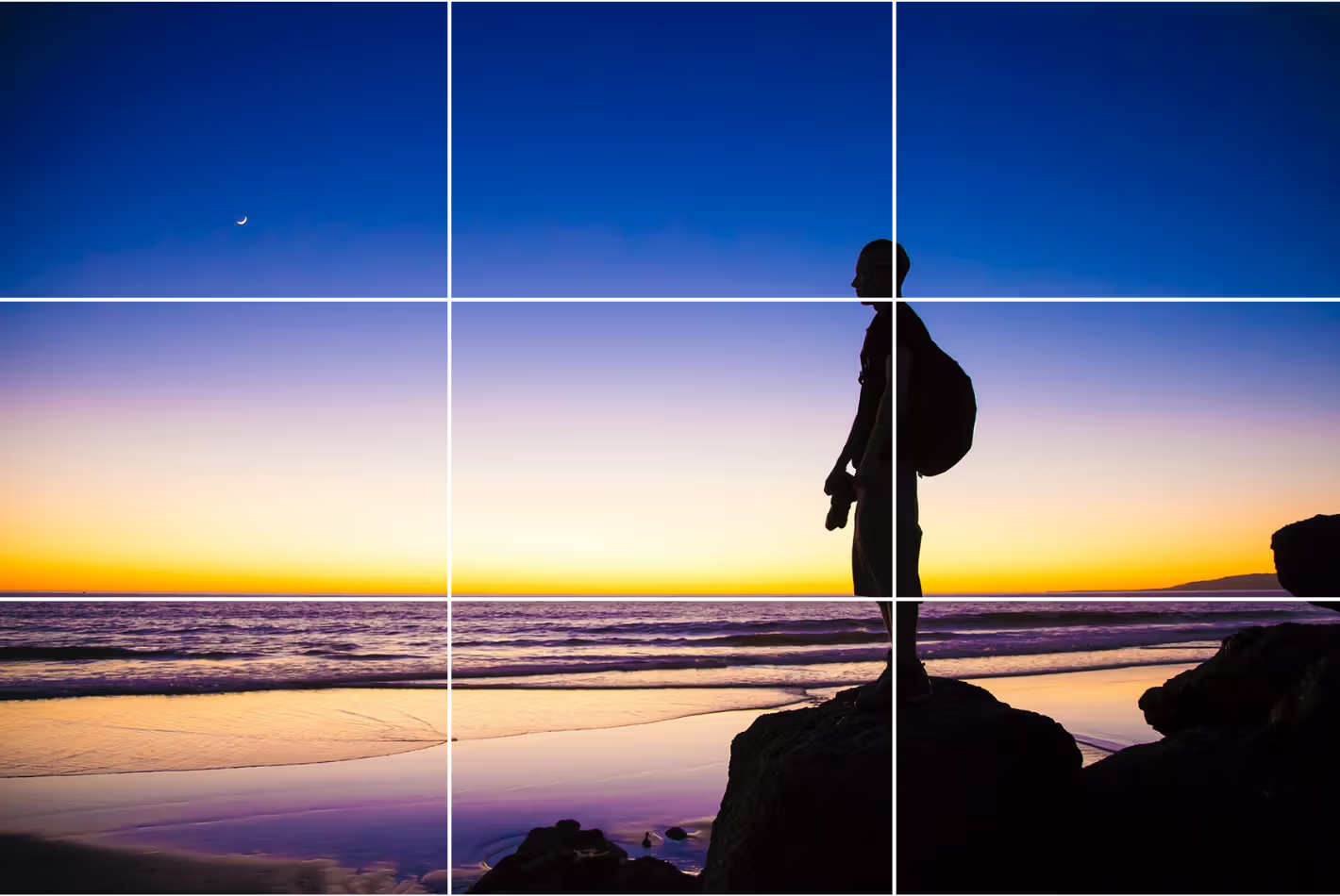
Composition is the secret sauce that turns a good photo into a great one. Whether you’re shooting with a high-end DSLR or just your smartphone, knowing how to frame your shots can make all the difference. Most people have heard of the Rule of Thirds, but there’s a whole world of composition techniques that can elevate your photography. Let’s dive in!
1. The Rule of Thirds: The Classic Go-To
The Rule of Thirds is the golden rule of composition. Imagine dividing your frame into a 3×3 grid—placing your subject at the intersections of these lines creates a balanced and naturally appealing image. It helps avoid placing subjects dead center, making your photos more dynamic and engaging.
Pro Tip: Many cameras and smartphones allow you to enable a grid overlay to help you apply this rule effortlessly.

© Unsplash, Unsplash Licence
2. Leading Lines: Guiding the Viewer’s Eye
Leading lines are elements within your photo that naturally draw the viewer’s eye toward the main subject. Roads, bridges, fences, or even shadows can serve as powerful leading lines that add depth and movement to your images.
Best Used For: Landscape, architecture, and street photography.
3. Symmetry & Patterns: Aesthetic Perfection
Our eyes are naturally drawn to symmetry and patterns. Whether it’s a perfectly aligned row of trees, a reflection on water, or the intricate designs of a building, symmetry can create visually satisfying images.
Breaking the Rule: Sometimes, slightly disrupting symmetry by placing an object off-center can add interest and keep the composition fresh.
4. Framing: Creating Depth
Framing is all about using elements within the scene to create a natural border around your subject. Think archways, windows, or even tree branches. It helps add context, focus attention, and create a sense of depth in your photos.
Pro Tip: Experiment with foreground elements to add an extra layer of depth to your shots.
5. Negative Space: Less is More
Negative space is the empty area around your subject, helping it stand out more prominently. This technique creates minimalistic yet powerful images that convey emotion and simplicity.
Great for: Portraits, wildlife photography, and conceptual photography.
6. The Golden Ratio: A More Advanced Take
The Golden Ratio is similar to the Rule of Thirds but follows a more mathematically pleasing spiral pattern found in nature. Many famous works of art and photography compositions follow this principle for an even more harmonious visual experience.
Best Used For: Landscapes, portraits, and still-life photography.
7. Fill the Frame: Get Close & Personal
Want your subject to dominate the shot? Get in close and fill the frame! This technique eliminates distractions and allows viewers to focus on the details, expressions, and textures.
Pro Tip: This works great for portraits and macro photography, highlighting fine details.
8. The Rule of Odds: An Oddly Pleasing Trick
For some reason, our brains find odd numbers more visually appealing. When composing your shot, try to include an odd number of subjects (3, 5, or 7). It often results in a more balanced and aesthetically interesting image.
Final Thoughts: Mix & Match for Maximum Impact
Rules in photography are meant to guide, not restrict. The best photographers know when to follow them and when to break them. Try combining multiple composition techniques to create truly captivating images that tell a story.
So, which technique will you experiment with next? Let me know in the comments!

© Unsplash, Unsplash Licence

